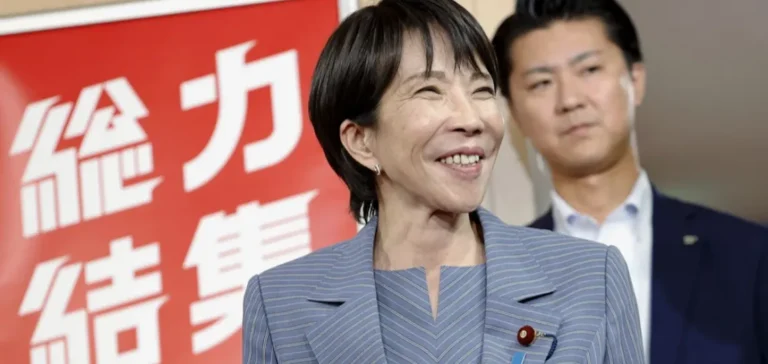The alliance between the Liberal Democratic Party (LDP) and the Japan Innovation Party (Nippon Ishin no Kai) sets an agenda centered on energy security, inflation moderation and reduced dependence on imports. The policy line prioritizes reactor restarts, investment in advanced technologies and transitional support to households and small businesses via targeted budget instruments. The Ministry of Economy, Trade and Industry (METI) and the Agency for Natural Resources and Energy (ANRE) frame the regulatory architecture, while fiscal trade-offs are managed with the Ministry of Finance (MOF). The framework aims to lower the marginal cost of electricity and stabilize bills without altering the hierarchy of industrial priorities.
Fuel taxation and electricity/gas subsidies
The accelerated removal of the provisional gasoline surtax, equal to ¥25.1/L, is an immediate purchasing-power lever and a support signal for road mobility. Price–demand elasticity should lift distributed volumes in the short term, with a measurable effect on the use of logistics and private fleets. Domestic refiners will adjust runs according to the relative profitability of cuts, constrained by international spreads and the exchange rate. The fuel cost adjustment in regulated tariffs may slow cost pass-through to bills, temporarily compressing downstream margins.
The reinstatement of discounts on electricity and gas, calibrated by an additional budget, cushions winter bills and reduces constrained consumption at peak. Utilities will have to manage synchronization between budget compensation and adjustment clauses, shaping cash-flow profiles and short-term funding needs. ANRE will set operational parameters—eligibility scope and compensation levels per kWh and per cubic meter—with close monitoring of effects on households and small businesses. The phase-out path for these measures remains tied to the return of non-fossil dispatchable capacity and the normalization of import prices.
Nuclear, safety and the fuel cycle
The Nuclear Regulation Authority (NRA) remains the arbiter of restarts, with reinforced safety requirements and additional investments in equipment and site hardening. Government strategy favors maximum use of the existing fleet and prepares next-generation reactors to reduce hydrocarbon import intensity in the mix. The fuel cycle, including upstream links and reprocessing capacity, targets multi-decade supply security. Key risks concern review timelines, local acceptability and supply-chain availability for planned outages and upgrades.
Progressive substitution for gas and coal assumes nuclear returns above 10% of the mix, which lowers the import risk premium and the marginal cost of thermal plants. Independent and integrated operators will adapt price and foreign-exchange hedges to a more predictable cost structure. The dynamic tempers volatility outside extreme weather episodes, with lower exposure to maritime and logistics tensions. Local restart decisions or litigation around sites will determine the effective cadence of megawatts brought back online.
Russia exposure, compliance and LNG flows
In liquefied natural gas (LNG), the ring-fencing of Sakhalin-2 volumes—estimated around 9–10% of imports—pursues a security-of-supply objective. The price cap on Russian crude, set at $47.6 per barrel, imposes stricter documentation on shipowners, insurers and traders. Protection and Indemnity (P&I) clubs will require more detailed attestations, strengthening Know Your Customer (KYC) controls and cargo traceability. Contract compliance will extend to Incoterms, price certificates and destination clauses on shipments.
For gas utilities, diversification toward the United States, Australia, Qatar and Mozambique reduces concentration risk but raises the cost of flexibility. Destination clauses and partial cancellation options will gain value in portfolio management. Combined-cycle gas turbine (CCGT) plants will see load factors modulated by winter subsidies and the pace of nuclear restarts. Terminal optimization and coordination with power operators will become major determinants of unit costs.
The power market will reflect these trade-offs through lower short-term volatility when budget compensation is active. On the Japan Electric Power Exchange (JEPX), the day-ahead curve could normalize outside peaks, with higher sensitivity to weather signals and nuclear availability. Over the medium term, the lower marginal cost linked to restarts reduces exposure to imported fossil price shocks. Foreign exchange (FX) hedging needs will be reassessed, especially for actors with high import intensity.
Oil products will record volume support after the tax relief, notably in gasoline and diesel. Margins will depend on crack spreads and the yen, with a risk of import arbitrage in gasoline and naphtha. Coal will remain marginal as nuclear regains share, outside seasonal peaks. In gas, the Japan Korea Marker (JKM) will steer spot decisions, while long-term contracts are renegotiated to embed more flexibility and compliance.






















